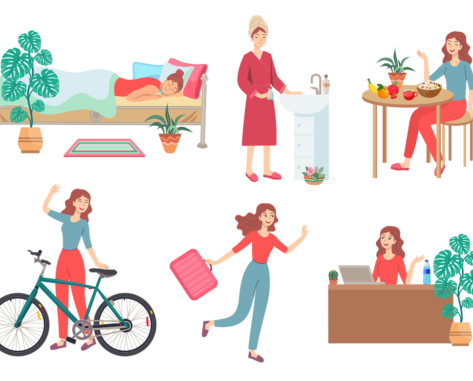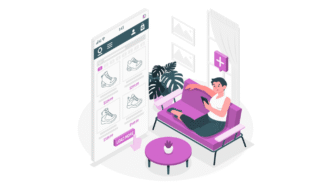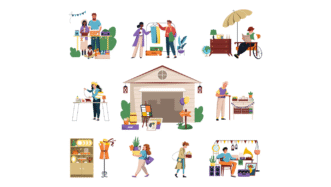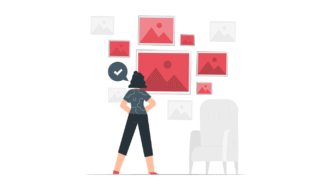LESSON OVERVIEW
In this lesson, students practise talking about habits in English, watch two ads and discuss how to best form new habits.
B1 / Intermediate45 min
60 minSpeaking ClassUnlimited Plan
This is a Speaking Class worksheet. It includes a variety of tasks that let your students practise their speaking skills. This lesson format does not focus on grammar or vocabulary. Learn more about it here.
WARM-UP & VIDEO
As an optional warm-up activity, the teacher can ask students to give examples of some habits, e.g. a daily habit most people have or a habit many people want to give up. This brainstorming activity will prepare students for talking about habits. Then, students choose a topic from a list and share some details about it. The topics include: ‘my healthy habits’ and ‘my daily work habits’. After that, students look at some habits and discuss when they might be good or bad for someone. The habits include having a morning routine and watching the news every day. After the discussion, students watch the first ad and share their thoughts about it. They also talk about forming new habits and routines.
TALKING ABOUT HABITS
In this part of the lesson, students look at a list of tips for forming new habits. They discuss if they might work or not. They are also encouraged to share their experience with creating new habits. Some of the ideas they discuss include trying something new for thirty days and adding a new habit to an existing one. After that, students read about some problems people have (e.g. with quitting smoking or not doing enough exercise) and say what they would do in each situation. The teacher can also ask their students whether they have been in similar situations as the people from the texts. Students can share some details to further practise talking about habits and their formation. Finally, students watch the second ad and talk about how technology is a part of their daily routine. Finally, students consider what their daily life and routine would be like without technology.
Subscribe to unlock these and many other Standalone lesson lesson plans with the Unlimited planWORKSHEETS














Can’t wait to try this lesson out ! It looks like a lot of fun. Thank you 🙂
Great, enjoy the lesson 🙂
Wow! This lesson will be fun! Thank you!
Thanks!
hey. this seems really great lesson. But I can’t open it. please if someone has it send to me if you can. thanks a lot in advance!
This lesson is available with the Unlimited subscription. You can see details about the Unlimited subscription here. And feel free to browse free lesson plans here.
Brilliant lesson guys!!! My students loved it especially the second video they were laughing their heads off. Also, they never stopped talking throughout the lesson. Thank you so much for your creative work.
‘They never stopped talking’ made my day! Thank you 🙂
It feels a bit of a stretch to call it part of a series for Present Simple and Present Continuous.
Sure, students practise Present Simple in this lesson (as they talk about habits) but in the set description you will find some ideas for practising Present Continuous in the lesson as well.